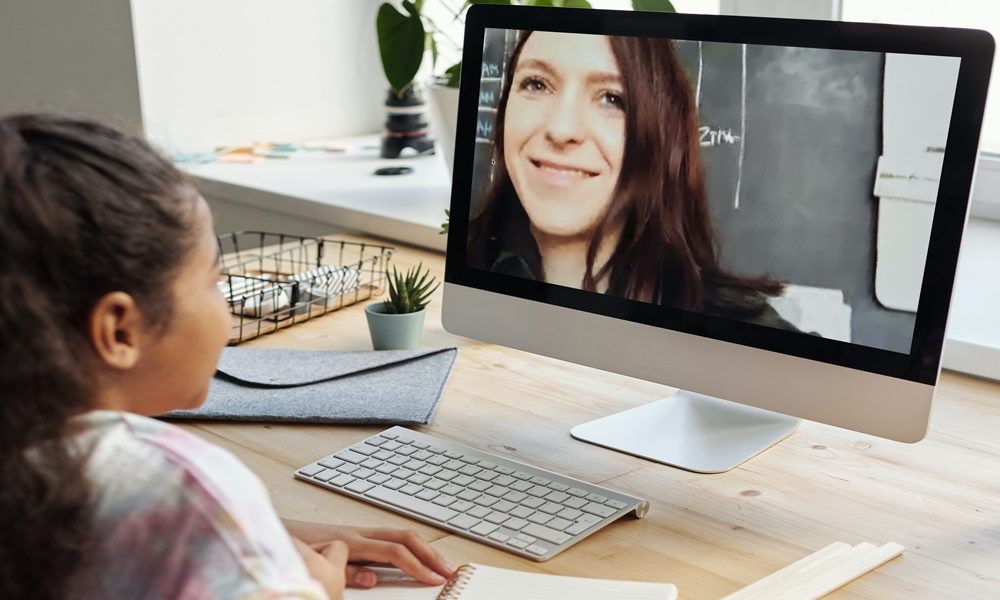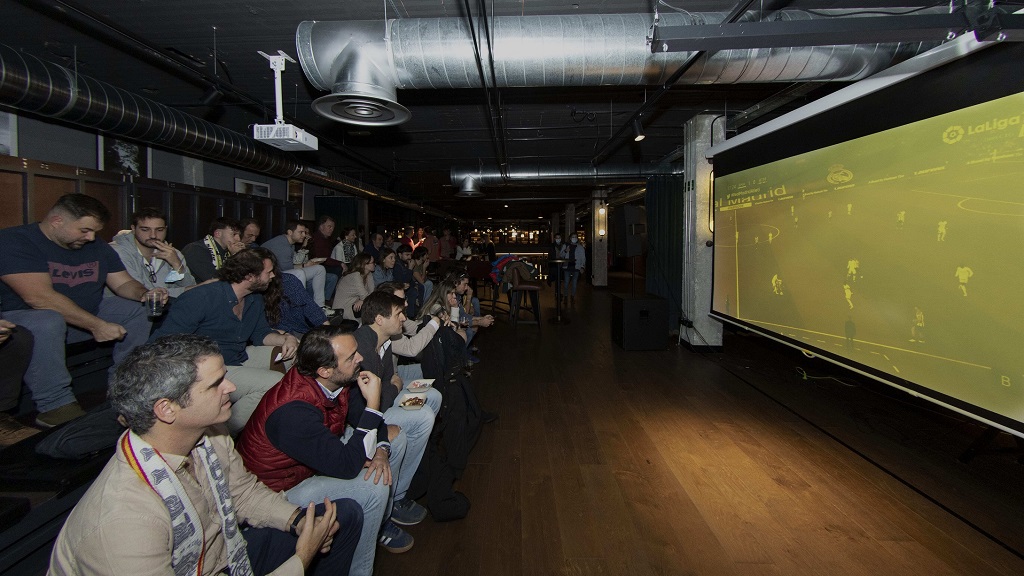
Previously, we already talked about the applications that enrich the teaching process and the virtual classroom. A space that is now given the importance it did not have and which used more than before, despite the fact that it has been part of education for many years. But what should we know more about this technology to educate?
The virtual classroom of the centers, strengths and weaknesses
The virtual classroom of the center, as we explained in Tele-education in the wake of the pandemic, is a space in which each subject can hang different materials to which the students have access. Their strengths They are the possibility of communicating directly with the teacher, being able to send the work done through the platform and always having access to notes, PowerPoint, etc.
However, the virtual classroom of the centers also shows some weaknesses. For example, there are more difficulties in motivating students through screens, the school classroom is not very intuitive (it has an outdated design) and teachers are not yet 100% prepared to work with this resource.
How to get the most out of the virtual classroom?
Getting the most out of the virtual classroom is not difficult. We have an example if we work with teams. During Covid-19, its use reached 250 million active users, making it a very useful tool. Incorporating it into the virtual classroom can help personalize it, make it more attractive to students, collect the traceability of each student, among much more.
But, there are other ways to take advantage of the virtual classroom thanks to the resources that we are going to see next. However, the best way is to train to make a more active use of the virtual classroom and use it in combination with face-to-face education. Alternating handwritten work with work sent through the virtual classroom, summaries can even be made from the notes posted there.
Resources for the virtual classroom
among the many resources offered by the virtual classroom, we are going to highlight four of them. Some have never been used by teachers, so it may be time to start testing them. These are some options.
Explanatory videos
Explanatory videos work very well, you just have to see how successful they are when companies use them for marketing. visual elements They attract attentionhook and are an excellent tool to offer students.
Conceptual maps
Another type of virtual classroom resources are concept maps. Thanks to them, the students can internalize the concepts, organize information and learn better. Again, we are facing a visual element that motivates.
Presentations
The presentations should also be part of the information that students can count on to study, better understand the concepts, etc. The use of PowerPoint or Prezi allows you to create very original presentations.
discussion forums
A last resort may be discussion forums. In them, the teacher can generate interest in a specific topic, assess student participation and even allow them to ask their questions so that everyone knows the answers.
Technological tools that favor education
To be able to use the virtual classroom, you need a specific piece of equipment that allows you to download the material and view it. According to EpData, more than half of young people have a tablets and 76% of a laptop, especially Chromebooks that are small, manageable and their sales since 2021 have skyrocketed.
Likewise, another technological tool is the use of the Windows 10S. It is an operating system aimed at students that prevents downloads of malware that can infect the device. Therefore, it is a good ally when working with technology.
However, the Digital boards They are also essential, since it is a simple, interactive device that allows the joint development of tasks. However, several news items have warned that only 15% of classrooms have this telepresence system, which is of great concern.
Technology to educate is now a palpable reality, much more than it had been before Covid-19. Despite EdTech technology, which we talked about in part two of this issue of special articles, and all the changes that have occurred in the short term, expectations revolve around interactive and immersive classrooms where students take an active role in your education.




